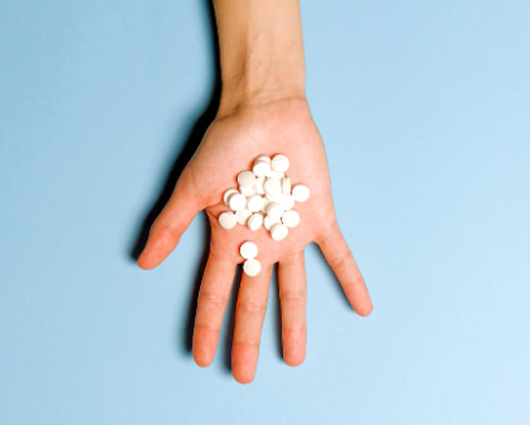|
|
Used for thousands of years, opioids include opium, which is taken from the sap of the opium poppy plant. Morphine (named for the Greek god of sleep Morpheus), and heroin are also derived from opium. Synthetic versions of these drugs such as methadone and codein are medical narcotics usually prescribed to relieve pain.
False Happiness
Opioids create the effect of feeling relaxed, happy and unconcerned about consuming food, having sex or other bodily needs. This is caused by opioids depressing the central nervous system, particularly the centers that control emotion. When neurons receive opioids, they produce pleasurable and calming feelings.
After taking heroin or opioids repeatedly for just a few weeks, users may develop opioid use disorder. Use of heroin or opioids interferes significantly with social and occupational functions and users’ lives will center around their drug use. They may also build a tolerance for heroin and experience a withdrawal reaction if they stop taking it. (Ahmed, 2011; Hart et al., 2010)
Withdrawal Symptoms
At first, withdrawal symptoms of anxiety, restlessness, sweating, and rapid breathing occur. Later, the user will experience severe muscular twitching, body aches, fever, vomiting, diarrhea, loss of appetite, high blood pressure and weight loss of up to 15 lbs due to dehydration. These symptoms usually peak by the third day and slowly subside by the eighth day.
Surveys suggest that more than one percent of adults living in the United States display opioid use disorder at some time during their lifetime.
This report is not a diagnosis. We hope this information can guide you toward improving your life.
Review our Knowledge Base or the links displayed on this page for similar and related topics.
See Also:
Center for Substance Abuse Prevention (CSAP)
Center for Substance Abuse Treatment (CSAT)
National Clearing House for Alcohol and Drug Information
National Institute on Alcohol Abuse and Alcoholism (NIAAA)
National Institute on Drug Abuse (NIDA)

